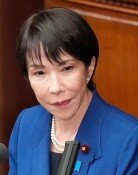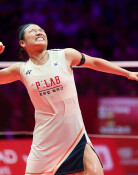Younger scholars, professors at regional areas gain influence
Younger scholars, professors at regional areas gain influence
Posted September. 23, 2013 06:02,
While hierarchy among universities remain chronic in Korea, analysis shows that professors of colleges at regional areas don`t lag behind those in Seoul`s top three colleges (Seoul National University, Korea University, Yonsei University). Professors born after 1965 are also gaining increasing influence in academia on the back of outstanding theses.
The Dong-A Ilbo jointly analyzed with National Research Foundation of Korea database of theses on humanities and social science registered at Korea Citation Index since 2004. It then came up with scholars with outstanding research competence. Analysis was made on seven academic fields including economics, administration, sociology, politics and foreign policy, education, Korean language and literature and history, and on 131,589 papers and approximately 2.5 million references.
Previous analyses had examined the number of direct citations, but the latest joint study introduced the Bonacich Power index to identify indirect citations, to see how influential the papers are on academia.
Fifty scholars were selected in seven academic fields with the highest Bonacich Power index, among which those in their 30s and 40s were on the top of the list. Among 350 scholars, 103 (29.4 percent) were born after 1965. Previous methods showed those born in the 1950s or before topping the list.
Among the 350 outstanding scholars, those at Seoul National University numbered 29 people, Korea University 12 and Yonsei University eight. The three top-tier colleges showed a relative low share. Pusan National University and Ewha Womans University were strong in education studies, Daegu University was strong in administrative studies, and Seoul National University in Korean language and literature. Men took up the majority but women power was big in education studies with a share of 70 percent.







